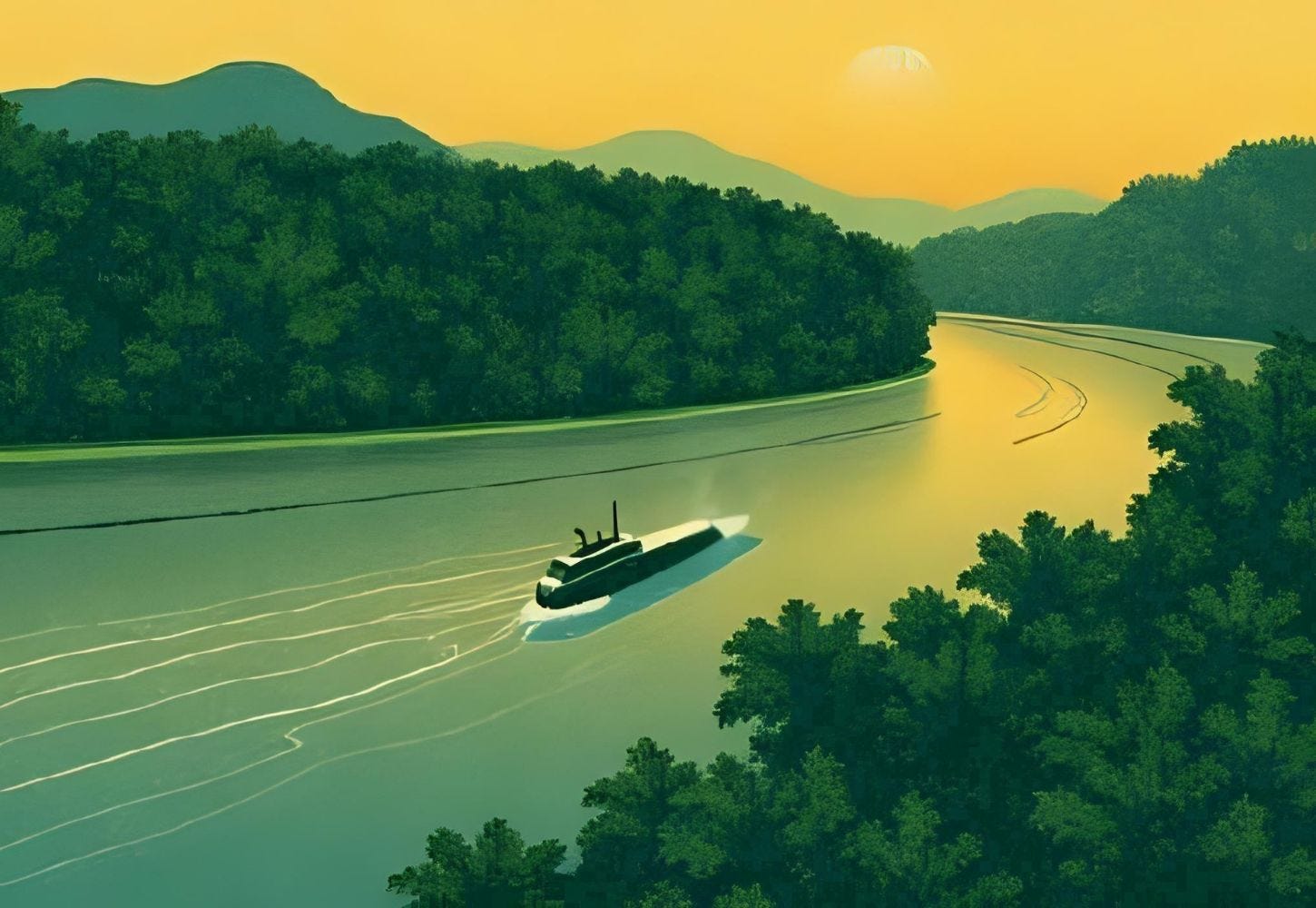Ukrainian lessons for Guyana
How Guyana could defend itself against the Venezuelan navy
Venezuela has laid claims to the Essequibo region in the western half of Guyana since the 19th century, although these have escalated dramatically since 2023. In recent months, the Maduro regime in Caracas has appeared emboldened and willing to create a provocation. On 1st March 2025, a Venezuelan naval vessel entered the offshore oilfield located in the Stabroek Block in Guyana’s exclusive economic zone (EEZ). The Gaiqueri class offshore patrol vessel (OPV) acted belligerently, harassing oil industry vessels. Indeed, offshore oil is likely Venezuela’s main motivation to grab the western half of Guyana; there is little by way of economic activity or strategic resources on land. Annexing the Essequibo region would justify seizing much of the offshore oilfields. Any invasion is therefore likely to include both a land grab and significant naval action at sea; indeed the naval intrusion may precede a land invasion.
On paper, Guyana’s military does not pose a serious threat to its much larger and better-equipped Venezuelan counterpart. In particular, Guyana’s naval capabilities are all but non-existent. Even allowing for the questionable competence of the Bolivarian Navy of Venezuela (on 30th March 2020, it lost a patrol ship which rammed an ice-rated cruise ship), it should be no contest if Venezuela makes a move. Yet, we have seen a similar disparity reversed in the conflict in the Black Sea. Ukraine’s prolonged defence since Russia’s full-scale invasion began in 2022 can provide inspiration for Guyana.
Venezuela slowly escalating tensions
Venezuela continues to use sub-threshold action to exert pressure on Guyana and, it seems, pave the way for an invasion. There have been escalating tensions along the border recently, with Guyanese soldiers coming under attack, reportedly from ‘criminal gangs’. In May, Venezuelans citizens in Bolívar State, firmly on the Venezuelan side of the border, even voted to elect officials for Essequibo.
Venezuela’s navy is not without its problems. It has some relatively modern and well-equipped ships, but struggles with readiness and maintenance. Its submarines haven’t been active in years. But it has recently received some Iranian missile boats, and its larger warships remain a serious threat to Guyana; something which the country currently has no answer for.
The Ukrainian option
Ukraine has, by adopting and developing uncrewed technologies, achieved two major effects. Firstly, it has pushed the much larger and better-equipped Russian Black Sea Fleet back to port, denying the Kremlin sea control. Secondly, it has created a means to strike back, first at ships and now at high-value coastal targets. This has only been possible because of the adoption of uncrewed technologies, primarily uncrewed surface vessels (USVs).
The simplest form of these are loaded with explosives and driven into the enemy vessel to deliver a killer blow. These Ukrainian-style explosive USVs would be ideal for Guyana. As well as being inexpensive, they offer an extremely quick and resource-light means to create a naval deterrent.
As Ukraine has shown, the units operating them do not require significant prior naval experience. In Ukraine, alongside the navy, the Main Directorate of Intelligence and Security Service have both become experts in their use. Now, even the Russian Volunteer Corps has joined the game.
An immediate shift in sea control
It is not a stretch to suggest that Guyana could gain an effective way to deter and counter Venezuela almost overnight. This is particularly true if lessons from Ukraine are taken on board, greatly reducing the development time. Some of the development could be publicised – to create the deterrent capability – and some kept secret for maximum impact in combat.
Guyana’s USVs would offer an elusive target for Venezuelan strikes, both at sea and when in port. Their small size and low footprint suits dispersed operations, including in the region’s many rivers. These assets could be stored far inshore, and only brought to water and launched for missions. Narco-submarine construction, not entirely unknown in Guyana, shows how easy it is to hide boat sheds in jungle tributaries.
Venezuela’s naval forces are unlikely to possess a robust defence against the emerging threat posed by USVs. While such systems may be underestimated in theoretical assessments, their disruptive potential in practical operational environments is significant, particularly against a less modern and less well-trained navy. By leveraging USVs, Guyana could effectively constrain Venezuela’s freedom of action at sea and alter the strategic calculus in a manner which raises the costs and risks of any attempted invasion.
H I Sutton is a writer, illustrator and analyst who specialises in submarines and sub-surface systems.
To stay up to date with The Broadside, please subscribe or pledge your support!
What do you think about this article? Why not leave a comment below?



Great article. Do you have any sources on what grey zone stuff Venezuela has been up too?